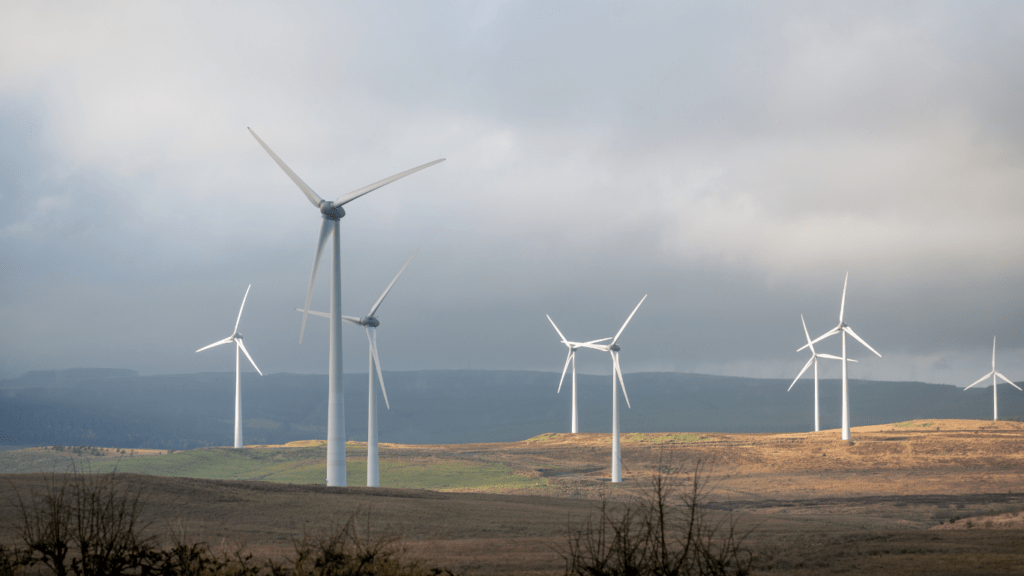Predictions for Global Temperature Changes
Global temperature changes are a key indicator of climate change. Recent models predict a rise of 2.5°F to 10°F over the next century if emissions continue unchecked. This is based on data from NASA, which has tracked surface temperatures since 1880.
Regional Impacts
- Arctic Warming: The Arctic is warming at twice the rate of the rest of the world. This accelerated change is causing ice melt and affecting global sea levels.
- Extreme Weather: More frequent heatwaves, droughts, and storms are expected. Regions like North America and Europe already see increased weather anomalies.
- Ocean Temperatures: Rising sea temperatures impact marine life, with coral reefs facing significant bleaching events.
Long-Term Projections
Projections suggest that if we limit global warming to 2°C above pre-industrial levels, some effects of climate change may be mitigated.
However, without rigorous emissions control, temperatures could exceed this threshold, leading to more severe impacts.
- Health: Higher temperatures increase heat-related illnesses. Vulnerable populations, including the elderly, face greater risks.
- Agriculture: Crop yields may decrease due to shifting climate zones. Food security becomes a critical concern in many regions.
- Infrastructure: Urban areas face pressure to adapt to rising temperatures. Investment in cooling infrastructure and resilient building practices becomes essential.
Accurate predictions help shape effective climate policies and strategies for sustainability. Continual investment in scientific research and data collection ensures that these forecasts remain reliable and actionable.
Forecasts for Sea Level Rise
Current projections indicate significant sea level rise over the coming decades. This section explores the specific impacts on coastal cities and ocean biodiversity.
Impact on Coastal Cities
Many coastal cities face increasing risks from sea level rise. A World Bank report estimates that by 2050, cities like Miami, Kolkata, and Jakarta could experience annual coastal flooding, affecting millions. This flooding may damage infrastructure, disrupt local economies, and displace residents.
Key strategies to mitigate these impacts include:
- Building Sea Walls: For example, the Netherlands uses an extensive system of dikes and sea walls.
- Restoring Wetlands: Wetlands can absorb floodwaters and act as natural barriers.
- Implementing Adaptation Policies: Cities may update zoning laws and invest in resilient infrastructure.
Effect on Ocean Biodiversity
Rising sea levels impact ocean biodiversity, altering habitats and ecosystems. For instance, coral reefs, which support 25% of marine species, face heightened risks from increased salinity and temperature.
Key areas of concern include:
- Habitat Loss: Wetlands, mangroves, and estuaries may submerge, affecting species relying on these habitats.
- Altered Migration Patterns: Many marine species rely on stable sea levels for breeding and feeding.
- Ocean Acidification: Higher CO2 levels contribute to ocean acidification, impacting shellfish and coral health.
Mitigation efforts include:
- Marine Protected Areas: Establishing protected zones can help safeguard vital ecosystems.
- Restoration Projects: Initiatives aim to restore degraded habitats, such as planting mangroves.
- Sustainable Fishing Regulations: Implementing limits and sustainable practices ensures species conservation.
Properly addressing these challenges requires continued research and investment in sustainable practices.
Sustainability Trends in Renewable Energy
Sustainability in renewable energy continues evolving rapidly due to advancements in technology. Innovations in solar and wind technology and the role of hydrogen and biofuels are pivotal.
Innovations in Solar and Wind Technology

Solar and wind technologies are seeing unprecedented improvements. Solar panels now convert more light into electricity, enhancing efficiency.
For example, perovskite solar cells could lower production costs and increase output. Wind turbines are becoming larger yet lighter, resulting in higher energy capture.
Offshore wind farms, such as those off the coast of Denmark, benefit from consistent strong winds, boosting reliability. Energy storage systems, crucial for managing intermittent renewable sources, are becoming more advanced and cost-effective.
The Role of Hydrogen and Biofuels
Hydrogen and biofuels offer promising alternatives for reducing carbon emissions. Green hydrogen, produced using renewable energy, serves as a clean fuel for various applications.
For instance, Germany’s hydrogen projects aim to decarbonize industries like steel and chemicals. Biofuels derived from organic materials provide a renewable energy source, reducing reliance on fossil fuels.
Sustainable biofuel production methods include using algae and waste materials, minimizing environmental impact while providing energy.
Agricultural Adjustments for a Changing Climate
Adapting agriculture to a changing climate involves modifying water management practices and developing crop strategies to ensure sustainability. Effective techniques and strategic approaches help in maintaining productivity.
Water Management Techniques
Water management techniques need to become more efficient to cope with changing precipitation patterns. Precision irrigation systems optimize water use by delivering exact amounts needed for crops, reducing waste and saving water.
Rainwater harvesting systems capture and store rain for later use, providing a supplementary water source. Drip irrigation minimizes evaporation by delivering water directly to plant roots.
Implementing these methods enhances water conservation in agriculture.
Crop Adaptation Strategies
Crop adaptation strategies are essential to sustain yields under changing climatic conditions. Breeding drought-resistant crop varieties ensures survival during water scarcity.
Altering planting schedules to align with new climate patterns optimizes growth. Integrating agroforestry, combining crops with trees, improves soil health and yields.
Diversifying crops reduces the risk of total crop failure due to pests or extreme weather. Each strategy contributes to increasing resilience in agriculture.
Policy and International Cooperation
Effective policy and international cooperation are crucial to combat climate change and ensure global sustainability. Countries must work together to drive impactful change through climate agreements and forward-looking policies.
Recent Climate Agreements
Recent climate agreements focus on reducing greenhouse gas emissions and promoting sustainable practices. The Paris Agreement, adopted in 2015, aims to limit global temperature rise to 1.5°C above pre-industrial levels.
Countries commit to nationally determined contributions (NDCs), outlining their plans to cut emissions and adapt to climate impacts.
In 2021, the Glasgow Climate Pact reinforced these commitments, urging nations to revisit and strengthen their NDCs by 2022. The pact highlights the need for increased financial support for developing countries, emphasizing climate resilience and adaptation funding.
Future Directions for Global Policy
Future global policy should prioritize carbon neutrality and climate resilience. Governments must set net-zero emissions targets, with deadlines aligned with scientific recommendations.
Policies encouraging renewable energy adoption, carbon pricing, and energy efficiency can drive substantial progress.
International cooperation should also foster technology transfer, enabling developing countries to access sustainable practices and innovations.
Platforms like the United Nations Framework Convention on Climate Change (UNFCCC) can facilitate regular dialogue and progress tracking, ensuring accountability and continuous improvement.
Ensuring policy and international cooperation advances climate goals, countries can address the urgent need for effective, sustainable solutions.



